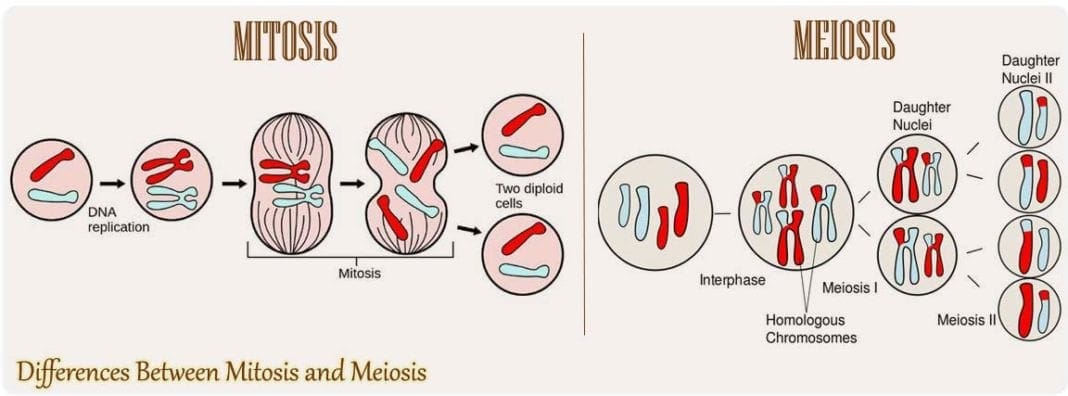
Cells of living organisms divide and reproduce genetically in a process called the cell cycle. This cell cycle is made up of four major phases: G1, S, G2, and M phase.
During G1, the cell evaluates the initiation of cell division. The S phase is when the cell synthesizes the DNA and replicates its chromosomes. G2 is the phase where the cell checks whether the replication was done correctly and, if not, initiates necessary repairs. Lastly, the M phase is the actual cell division.
In eukaryotes, two types of cell divisions exist: mitosis and meiosis. While these processes are similar in principles, they also have distinct characteristics. Below, we’ve tabulated the 16 major differences between mitosis and meiosis.
Differences Between Mitosis and Meiosis
| Alternate Names | Cell Division / Cellular Division/ Duplication Division/ Equational Division | Reduction Division |
| Principle | The goal is to multiply cells. | No multiplication of cells involved. |
| Type of cell division and occurs in what type of cells |
Asexual division; Mitosis occurs in somatic cells. Somatic cells (or vegetative cells) are cells that make up the bodies of living organisms, other than the sex cells. Somatic cells include muscle cells, bone cells, skin cells, nerve cells, etc. (collectively known as body cells) |
Sexual division; Meiosis occurs in sex cells or gametes. In animals like humans, meiosis takes place in male sperm cells and female egg cells to prepare them for sexual reproduction. In plants, sex cells are located in the pollen in the stamen and egg cells in the pistil. |
| Duration | Mitosis involves only one cell division that is composed of four major phases: prophase, metaphase, anaphase, and telophase. |
Meiosis is long as it involves two successive divisions that reduce chromosome number. Basically, it is divided into two: meiosis I and meiosis II. Meiosis I and II have the same phases as mitosis, which are only different in some events. |
| Number of chromosomes | Only one division results to diploid (2n) offspring | Two divisions results to haploid (n) offspring |
| Number of daughter cells produced | Two. The resulting daughter cells are genetically the same because no recombination occurred during the process. | Four. The chromosome number of the resulting daughter cells is reduced by half (becomes haploid, n).
It is only during the reproduction process that such a diploid state is restored in the offspring. |
| Interphase | Before undergoing the four phases, the cell first needs to grow and replicate its chromosomes in a preliminary stage called interphase. | A sex cell will only undergo interphase once. No interphase will happen before meiosis II. |
| Prophase | After interphase, the cell proceeds to prophase, where the nuclear membrane disintegrates, and the chromatin condenses to form the chromosomes.
The mitotic cell undergoes prophase only once. |
Prophase in meiosis is relatively longer than in mitosis. Prophase I in particular is composed of five stages: leptotene, zygotene, pachytene, diplotene, and diakinesis.
During prophase I, homologous chromosomes form a tetrad that is composed of four chromatids. The homologous chromosomes that comprise tetrads are not genetically identical because they came from two parents. Prophase II will begin without undergoing interphase. Again, the nuclear membrane disintegrates, and the chromatin condenses. |
| Bouquet Stage | None | The Bouquet stage is where animal and plant chromosomes converge toward one side of the cell. This occurs during prophase I. |
| Crossing over | None | Occurs during Pachytene of meiosis I. During crossing over, the chromosomes of each pair are exchanged among each other. |
| Metaphase | During metaphase, the chromosomes align at the equatorial plate of the cell. This event is due to the presence of kinetochore microtubules that pull these chromosomes back and forth. | Metaphases I and II of meiosis are similar to mitotic metaphase. During metaphase I, homologous chromosomes begin aligning at the equatorial plate as they bind to the mitotic spindle.
During metaphase II, single chromosomes align at the equatorial plate after each cell forms the spindle fibers. |
| Anaphase | During this stage, each (single-stranded) chromosome pair is segregated toward the opposite poles of the cell. The mitotic spindle initiates this activity. |
During anaphase I, (double-stranded) chromosomes are separated toward each cellular pole. On the other hand, (single-stranded) chromosomes are the ones being segregated during anaphase II. |
| Telophase | Telophase is where the complete transfer of genetic material from the parent cell to the daughter cells occurs. During this stage, the nuclear membrane is reformed.
Cytokinesis, the division of the cytoplasm, occurs simultaneously with telophase. |
At the end of telophase I, each resulting daughter cell bears a haploid set of chromosomes. Telophase II is quite similar to telophase in mitosis. Similarly, the genetic material from the parent cell is transferred to the daughter cells. |
| Spindle Fibers | Spindle fibers are gone in telophase. | Spindle fibers are still present after telophase I. |
| Genetic Variation and Recombination | None. Daughter cells are exact copies of one another. | Meiosis contributes to genetic variation since recombination and crossing-over occur due to the random separation of homologous chromosomes and the transfer of genes. |
| Function |
(a) Occurring in somatic cells, the main goal of mitosis is to facilitate growth, repair, and replacement. Since mitosis involves the division of somatic cells, it is needed to produce more cells, especially during the early stages of development. (b) Aside from growth, it is also important to regenerate damaged and lost cells. For instance, mitosis can repair damaged tissues by producing new ones (i.e., scar tissues). Interestingly, some organisms utilize mitosis to replace entire body parts. (c) Mitosis also occurs in prokaryotes as a basic form of asexual reproduction. Prokaryotes, like bacteria, reproduce through binary fission, wherein they make duplicate copies of themselves. As a result, genetic variation is scarce. |
(a) Meiosis occurs only in the sex cells of living organisms as a means to maintain the chromosome number of the offspring. Since fertilization involves the fusion of cells to produce a new cell, the number of alleles in their gametes should be regulated to avoid genetic defects. (b) Another function of meiosis is the maintenance of genetic diversity on which the process of natural selection acts upon. Without it, the perpetuation of species would not be possible. |


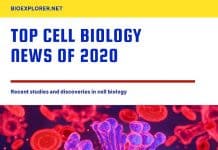
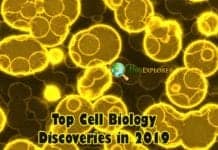
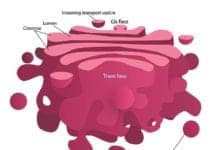

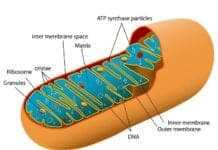

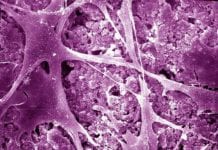

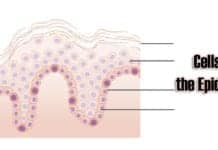
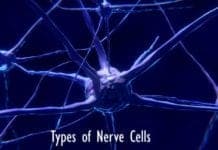
The explanations are clear and understandable.
thanks for everything,those explaination,images and vidoes are great and understandible..
Thanks for the great knowledge.